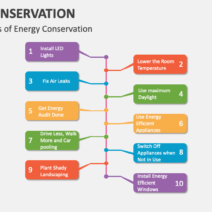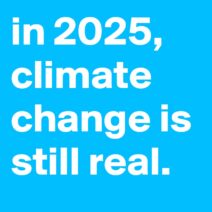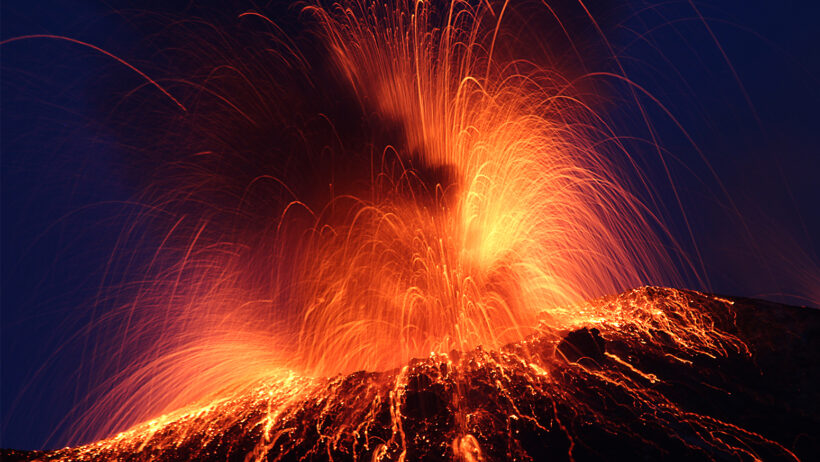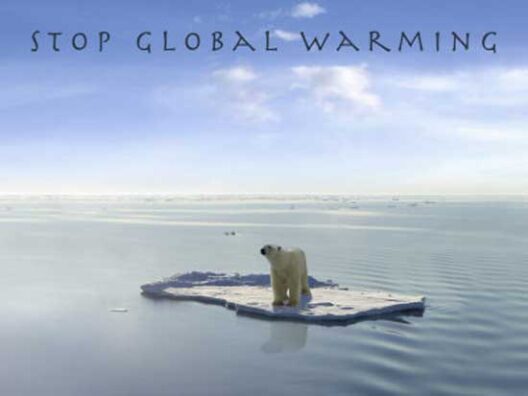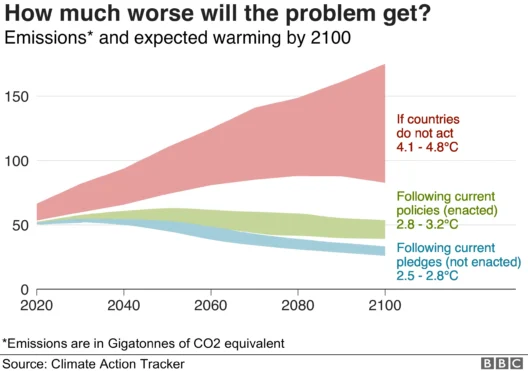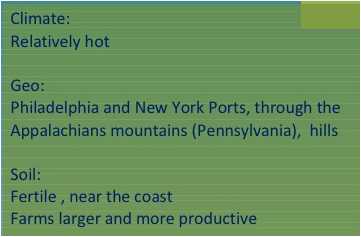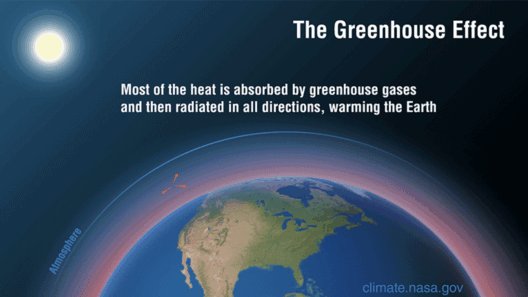Volcanic eruptions have long been a formidable force in shaping the Earth’s climate and, by extension, human history. The aftermath of these colossal events has ripple effects that extend well beyond their immediate vicinity. Various eruptions have led to significant climatic changes, affecting temperature patterns, agricultural productivity, and even the trajectories of civilizations. This discussion delves into some of history’s most impactful volcanic eruptions and their consequent climatic consequences.
To grasp the nexus of volcanic events and climate change, it’s vital to consider the mechanisms at play. Eruptions release vast quantities of ash and gases into the atmosphere, including sulfur dioxide (SO₂), which can lead to the formation of sulfate aerosols. These aerosols reflect sunlight, resulting in atmospheric cooling. The impact can last from a few months to several years, dependent upon the eruption’s magnitude. Notably, certain eruptions have had cataclysmic effects, altering weather patterns around the globe.
One of the most significant events in this regard is the eruption of Mount Tambora in 1815, located in present-day Indonesia. This eruption is often highlighted as one of the most powerful in recorded history. The blast ejected an astounding amount of ash and sulfur dioxide into the stratosphere, creating a veil that reduced sunlight reaching the Earth’s surface. The year following Tambora’s eruption, 1816, is historically referred to as “The Year Without a Summer.” Agricultural failure in the Northern Hemisphere led to widespread famine and socio-economic upheaval. This climatic aberration is a striking demonstration of how a single volcanic event can reverberate through human history with far-reaching consequences.
Another notable eruption is that of Mount Pinatubo in 1991, which took place in the Philippines. Pinatubo’s eruption was a watershed moment for volcanology due to its extensive global monitoring and research. The volcano expelled an estimated 20 million tons of sulfur dioxide, which entered the stratosphere and formed a significant layer of sulfate aerosols that cooled the Earth by about 0.5 degrees Celsius. This episode notably demonstrated how human-induced climate dynamics could be influenced by natural events. The climatic effects were readily observable in a statistically significant drop in global temperatures, marking it as one of the most impactful eruptions in contemporary climate discussions.
The eruption of Krakatoa in 1883 further emphasizes the potential of volcanic activity to disrupt climate equilibrium. Located between the islands of Java and Sumatra in Indonesia, Krakatoa produced a series of monumental explosions followed by a climactic eruption. The ash and gases released led to atmospheric effects that carried a range of global repercussions. For several years following the eruption, the Earth experienced cooler temperatures, and the striking sunsets observed in various parts of the world served as testament to the atmospheric modifications instigated by this volcanic cataclysm. Additionally, the resulting climatic anomalies stimulated extensive scientific inquiry into the relationship between volcanic eruptions and climate change.
Moving beyond these iconic eruptions, smaller events also have shown the capability to alter local and even global climatic conditions. The 1783 eruption of Laki in Iceland emitted copious amounts of volcanic gases, leading to a phenomenon termed “acidy fog.” This resulted in severe environmental degradation across Europe and contributed to climatic anomalies such as bitter winters and sweltering summers. The resultant food shortages in places as far as France and the British Isles serve as a reminder of how interconnected global systems are, and how volcanic eruptions can precipitate crises in contexts far removed from their source.
Historical eruptions have often been catalysts for both cultural and political unrest. The cooling that followed Tambora’s eruption saw a rise in discontent in various regions, accentuating the precarities of food supply and public health. Similarly, the consequences of the eruption of Laki and its repercussions prompted questions about divine displeasure and led to significant shifts in societal perceptions about governance and resource management. Indeed, the narrative of climate change cannot be disentangled from the physical manifestations of volcanic activity.
It is also essential to consider the etiological factors involved in how volcanic eruptions affect climate. Factors such as the latitude of the eruption, the volume and type of material ejected, and prevailing wind patterns all play crucial roles in determining the scale of climatic impact. Interestingly, eruptions closer to the equator tend to have more pronounced effects, as demonstrated by both Tambora and Pinatubo, both located in tropical regions.
The modern context amplifies these challenges, owing to the intersection of anthropogenic climate change with natural eruptions. While ancient eruptions occurred in a pre-industrial context, today’s world grapples with a backdrop of rising greenhouse gas concentrations. The interaction between volcanic eruptions and ongoing climate change may result in unforeseen and complex outcomes, creating a new layer of unpredictability for climate scientists and policymakers alike.
In conclusion, volcanic eruptions underscore the intricate relationship between Earth’s geological processes and climate dynamics. Historical events such as those from Tambora, Pinatubo, and Krakatoa serve as essential case studies for understanding the potential impacts of such natural phenomena. As climate change continues to challenge humanity, recognizing the role of volcanic activity is vital for comprehending the multifaceted nature of our planet’s climate system and preparing for future disruptions. Engaging with this history equips us with tools to navigate the ongoing challenges posed by climate variability, offering insights that are as relevant today as they were in centuries past.
